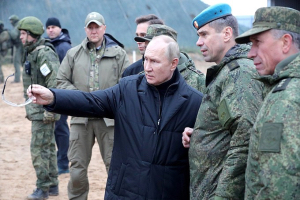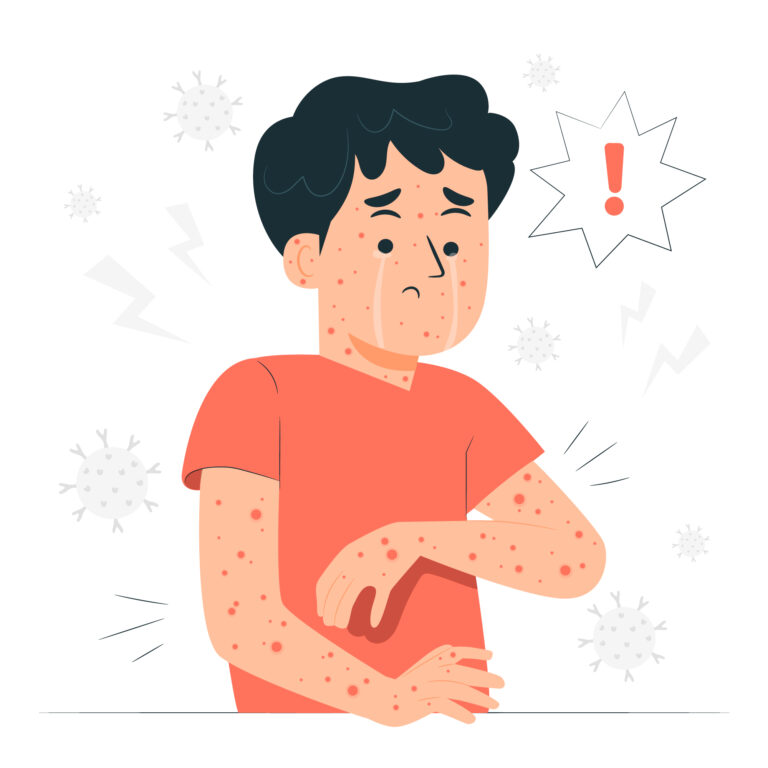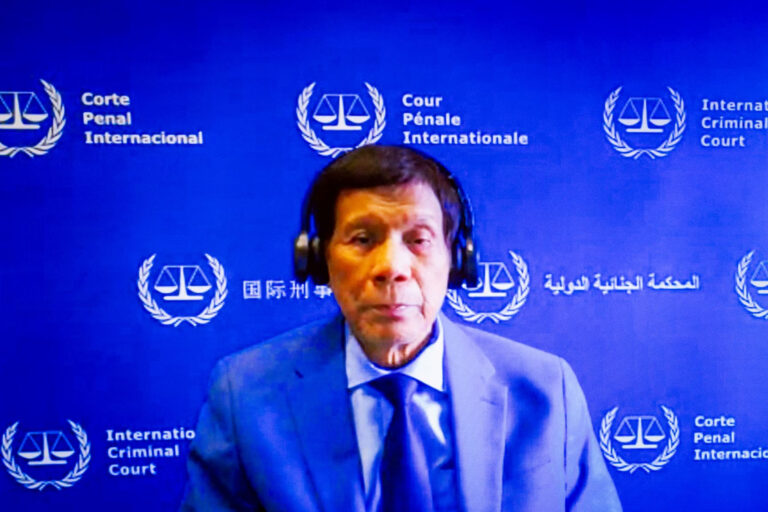
Putin at military training ground in Ryazan Region today. Photo source: Kremlin
Moscow/New York: A day after signing an Executive Order on introducing martial law in the Donetsk People’s Republic, the Lugansk People’s Republic, the Zaporizhzhia Region and the Kherson Region of Ukraine that Russia claims to have annexed and calls them “constituent entities of the Russian Federation”, Russian President Vladimir Putin today visited the Western Military District training ground in the Ryazan Region to inspect the training of the newly mobilised personnel.
Putin is also the Supreme Commander-in-Chief of the Russian armed forces. He watched practical exercises of trainees to sharpen their tactical, firing, engineering and medical skills to perform missions as part of the special military operation. In particular, they demonstrated negotiating an air assault course as part of a platoon, and methods of countering simulated enemy armoured vehicles in close combat.
Russian Defence Minister and General of the Army Sergei Shoigu reported to the President on the progress in training the mobilised personnel in various combat specialities and coordination as part of the armed units. In addition, the President visited a multifunctional firing complex, where military personnel practice various types of shooting as part of units under the guidance of professional instructors with combat experience.
Yesterday vide the Executive Order, Putin resolved to introduce a regime (“maximum response level”) on the territory of the Donetsk People’s Republic, the Lugansk People’s Republic and the Zaporizhzhia and Kherson regions. In addition, a regime (medium response level) was introduced on the territory of Crimea, the Krasnodar Territory, the Belgorod, Bryansk, Voronezh, Kursk and Rostov regions and Sevastopol. Kremlin stated that top officials (“executive government bodies”) of the “said constituent entities of the Russian Federation shall be given relevant powers.”
Top officials of the “Russian Federation constituent entities” were instructed to establish operational headquarters for implementing the measures envisaged by this Executive Order. The operational headquarters shall include representatives of the Defence Ministry, heads of the territorial bodies of the Interior Ministry, the Ministry for Civil Defence, Emergency Situations and Natural Disaster Relief, the Federal Security Service, and the Federal Service of the National Guard Troops, as well as representatives of public authority of the “relevant Russian Federation constituent entity” and other organisations.
At the United Nations headquarters in New York, Stéphane Dujarric, Spokesman for the UN Secretary-General, when asked about the UN Secretary-General Antònio Guterres’ reaction to Putin’s declaration of martial law in the four regions of Ukraine, referred to Guterres’ earlier statements on the whole issue of annexation.
Guterres stated that the UN Charter was clear that any annexation of a State’s territory by another State resulting from the threat or use of force is a violation of the Principles of the UN Charter and international law. He had also said that the United Nations General Assembly was equally clear on the issue and in its landmark Friendly Relations Declaration of 24 October 1970 —repeatedly cited as stating rules of general international law by the International Court of Justice — the General Assembly declared that “the territory of a State shall not be the object of acquisition by another State resulting from the threat or use of force” and that “no territorial acquisition resulting from the threat or use of force shall be recognized as legal”.
“And I must be clear. The Russian Federation, as one of the five permanent members of the Security Council, shares a particular responsibility to respect the Charter. Any decision to proceed with the annexation of Donetsk, Luhansk, Kherson and Zaporizhzhia regions of Ukraine would have no legal value and deserves to be condemned,” Guterres had stated.
To a specific question on whether the martial law affects the UN operations on the ground, Dujarric said, “we are not able to operate cross-line. So, the humanitarian operations that we have currently in Ukraine are only in government… in areas that are controlled by the Ukrainian Government.”





